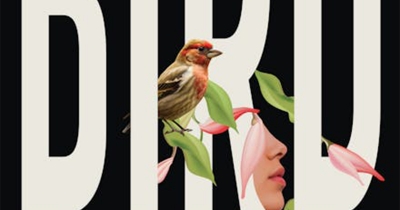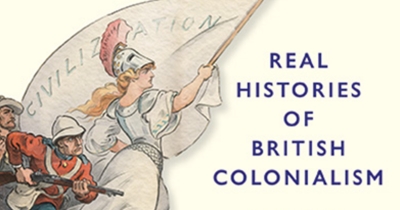Review
Revolusi: Indonesia and the birth of the modern world by David Van Reybrouck, translated from the Dutch by David Colmer and David McKay
by Max Walden •
The Truth About Empire: Real histories of British colonialism by Alan Lester
by Zoë Laidlaw •
The Light of Asia: A history of Western fascination with the East by Christopher Harding
by Alison Broinowski •










